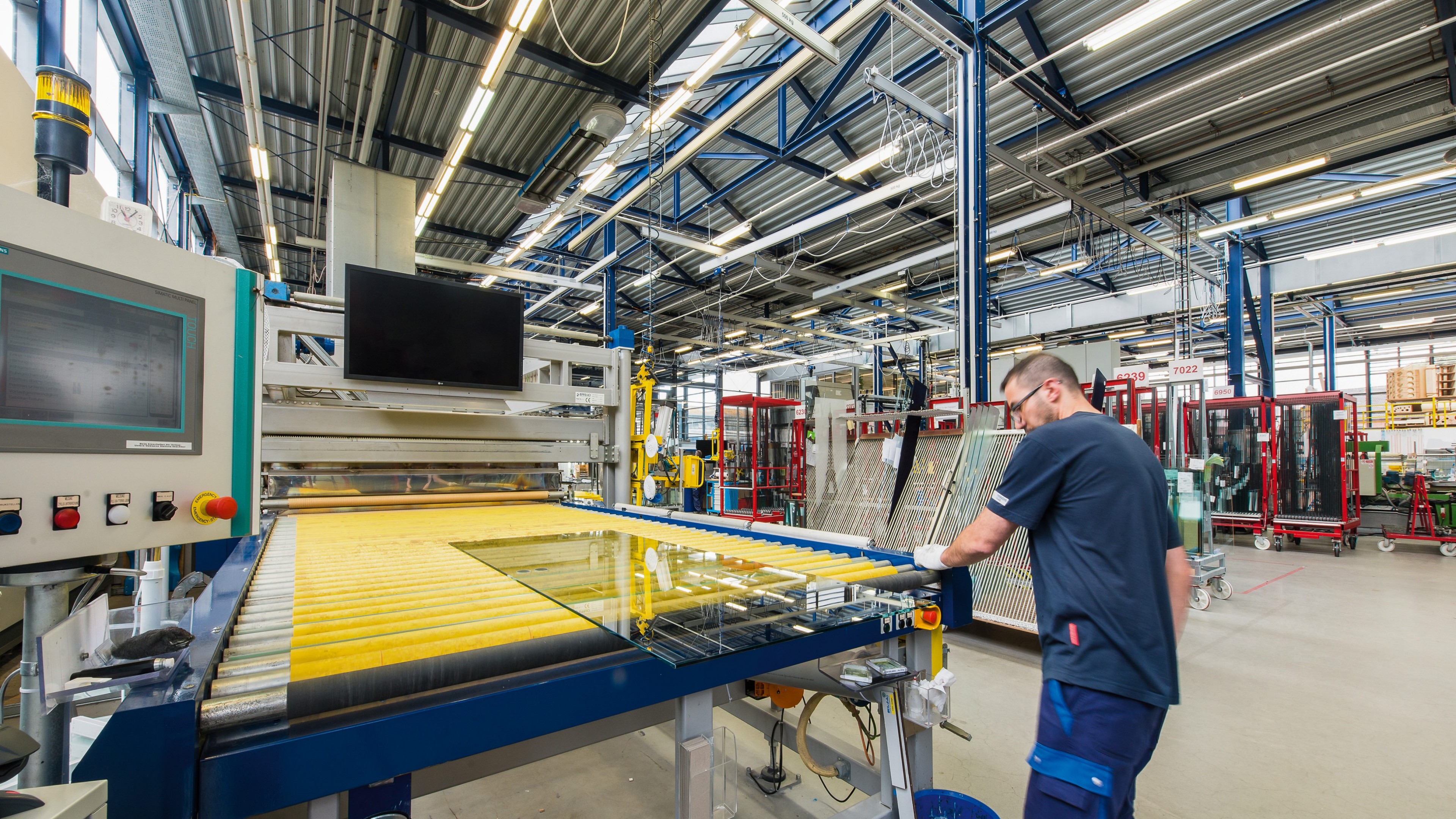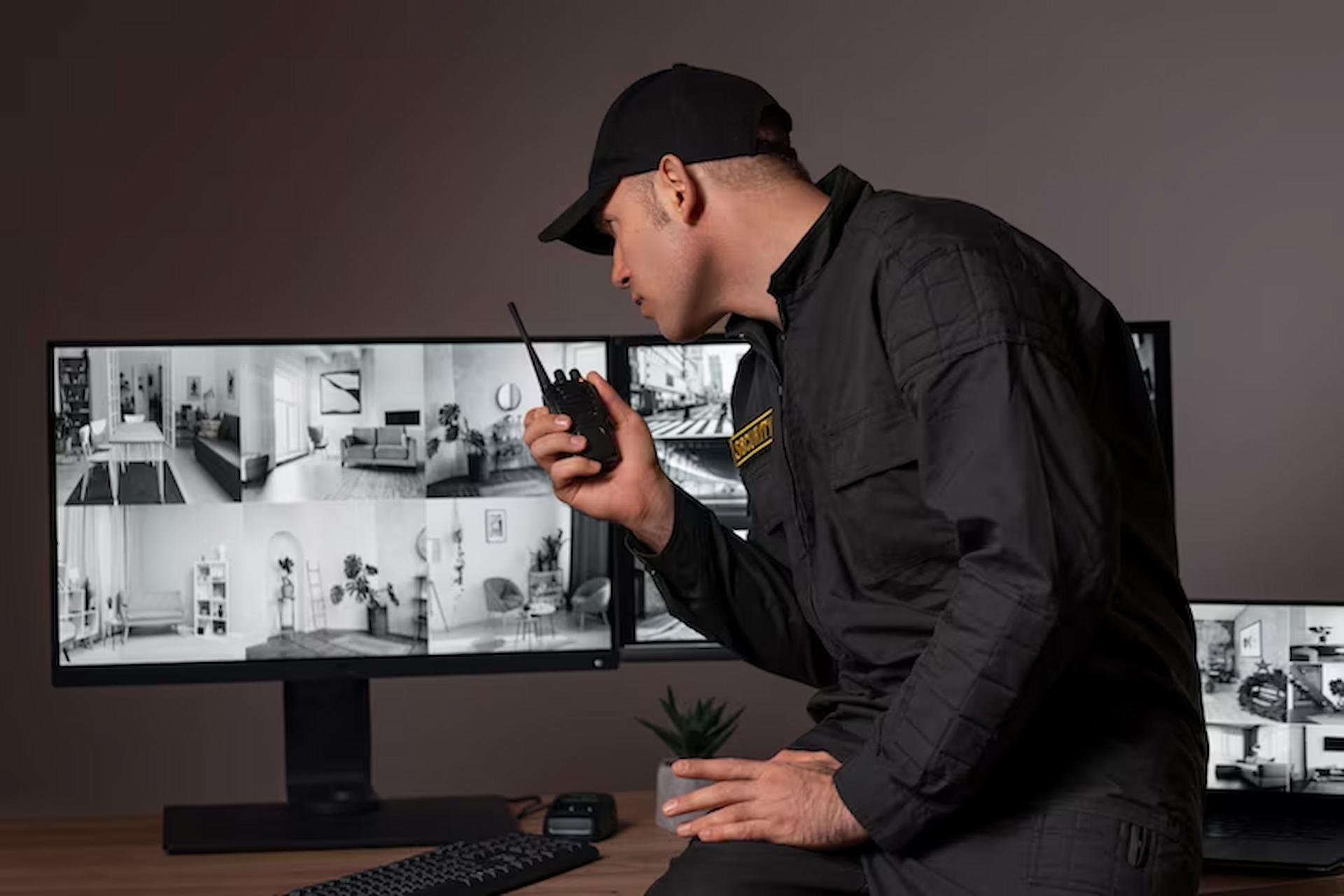Engineered glass and ceramics are two primary and popular products manufactured in the engineered glass industry. Both engineered glass and ceramics have certain desirable characteristics that make them ideal for using the various sectors of both aerospace and the aviation industry. It finds extensive use in the fields of:
- Defense aerospace vehicles
- Commercial aircraft and
- Vehicles used in space exploration
The attributes of engineered glass and ceramics that makes it the most sought after material in the sector are:
- They are lightweight
- They are resistant to insanely high temperatures
- They are known for their high ablation energy
- Impressive resistance to corrosion and the elements
- High resistance to mechanical wear and tear
- Ability to withstand high vibrations and still hold on to its structural integrity
- High chemical stability
The various applications are briefly stated in the following sections:
They are used as outer protective shell and heat shield
Engineered glass and ceramics revolutionized the aviation industry when it first crossed the threshold of the Research and Development labs and into the commercial sector. back in the day, aerospace vehicles were not only vulnerable to corrosion and premature electromechanical wear, but they were also heavy. Being heavy meant one would need to burn excess amount of fuel to get the vehicle off the ground. On top of that, excess pressure on the engines of the aircraft meant the same was also susceptible to premature wear and failure.
Engineered glass made aircraft and aerospace vehicles lighter, more fuel efficient, capable of carrying larger cargo all the while prolonging their working life. On top of that, engineered glass is resistant to high temperatures which makes them the perfect material for use as a heat shield in critical weapons systems. It also finds a lot of traction as the perfect material for heat shields used in space exploration vehicles.
These are used as electrical insulation
Manufacturers of aerospace vehicles need to make sure that they are doing everything in their power to make their aircrafts highly resistant to electromagnetic interference. On top of that, since critical controlling equipment, active weapons systems and navigation instrument are on board an aircraft, it is crucial to have certain measures to make them properly insulated. Engineered glass does all that.
It is used for manufacturing critical components
Aviation industry needs to make aerospace vehicles that have long working lives. On top of that, the material used to build the aircraft should be chemically stable and highly resistant to corrosive forces of nature. Engineered glass solved the problem with its entry into the aviation sector. it is not only chemically stable but also inert to corrosive nature of hazardous materials like ATF (Aviation Turbine Fuel).
Engineered glass and ceramics are praised for their high resistance to friction which makes them all the more preferable when one wants to make critical components like brake pads and bearings for aerospace vehicles that can last long. It also finds a lot of application in the manufacture of critical engine components as well.
Engineered glass also finds extensive use in the aviation industry as the one and only raw material for manufacturing windows and window panes as well as windshields of aircraft. On top of that, it is also used as panels for interiors in the cabin of aircraft, LEDs (both for exteriors and interiors), lavatory mirror (in commercial aircraft) as a protective cover for ultrasonic transducers, as well as critical instrumentation and sensors. In recent years, it also saw a widespread demand for developers and manufacturers of night vision surveillance systems mounted atop stealth aircraft.




